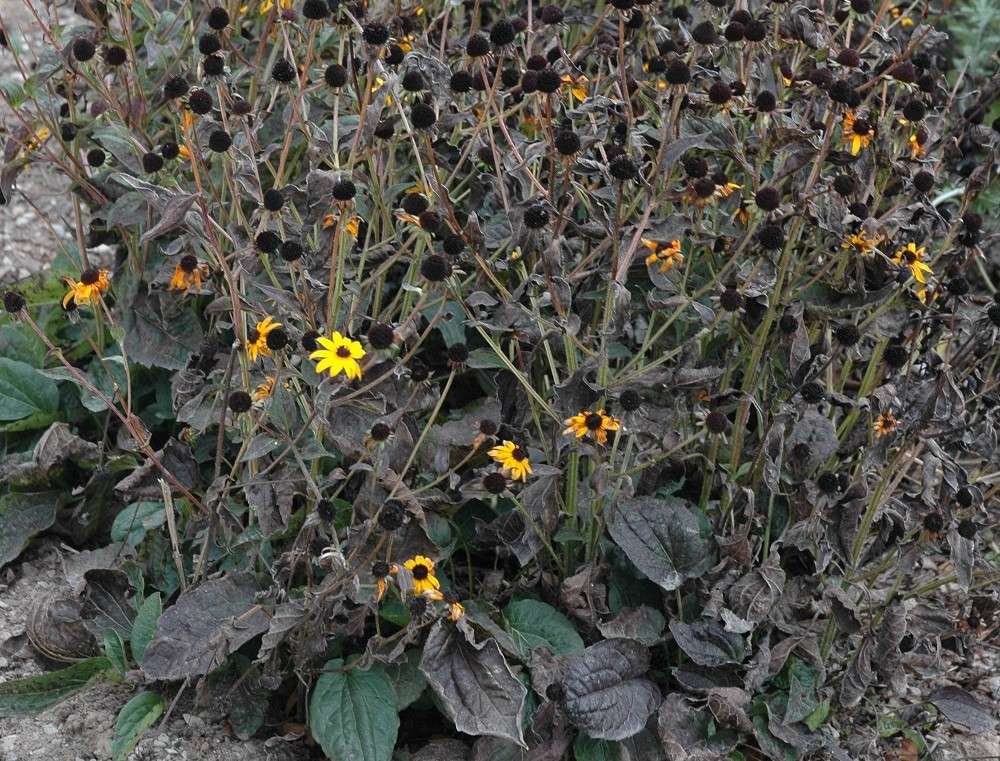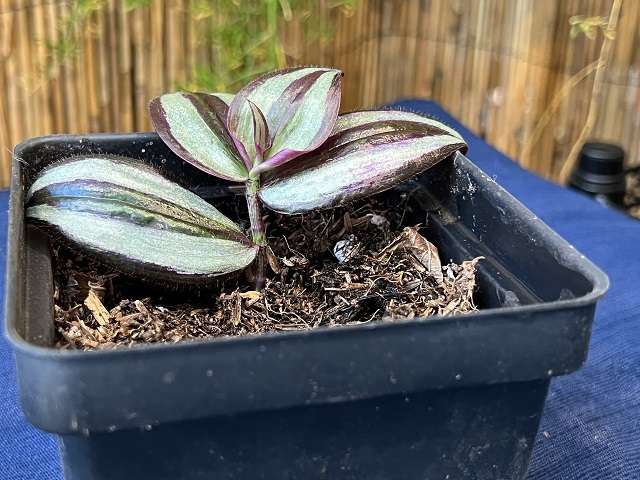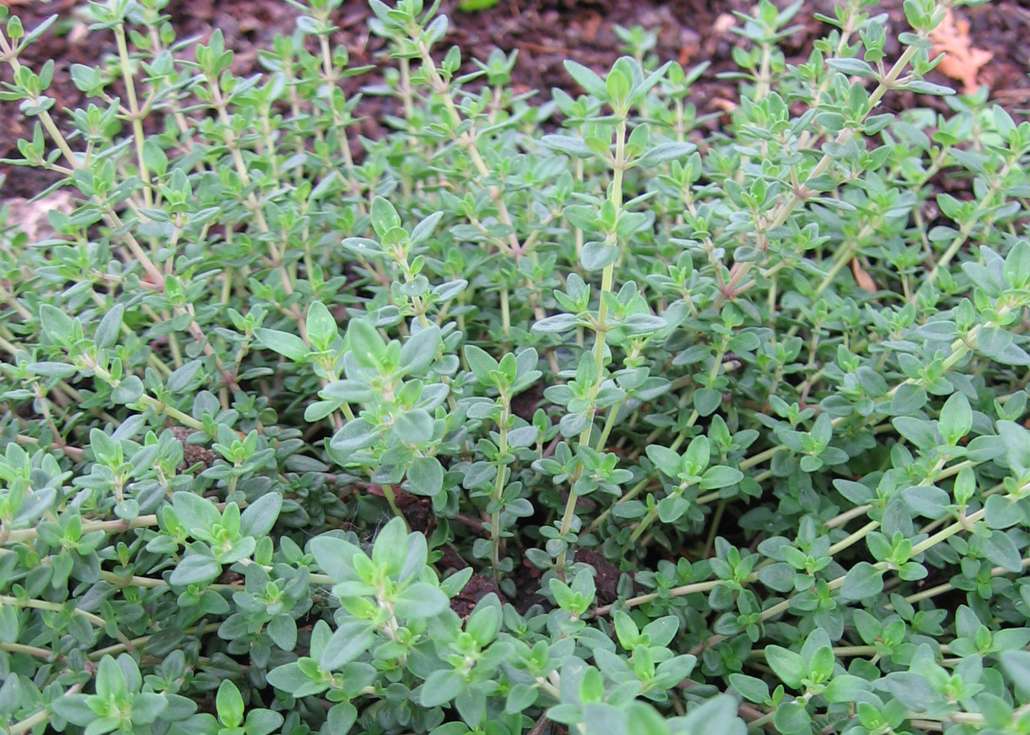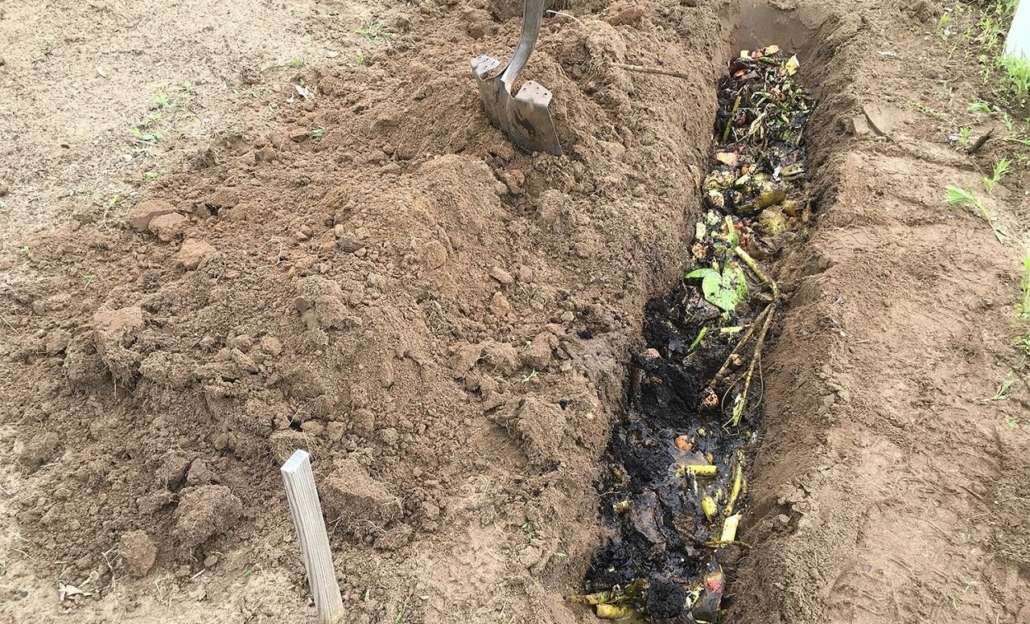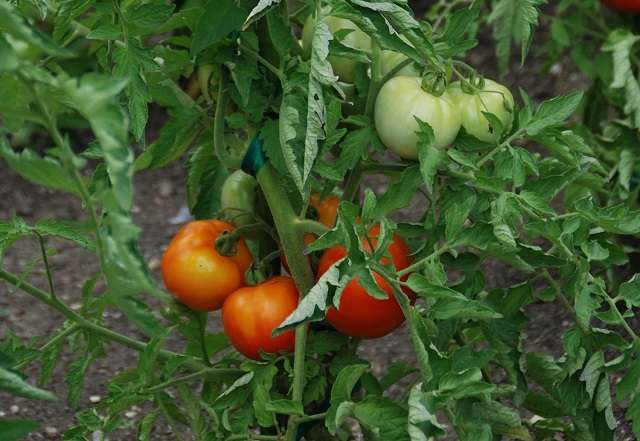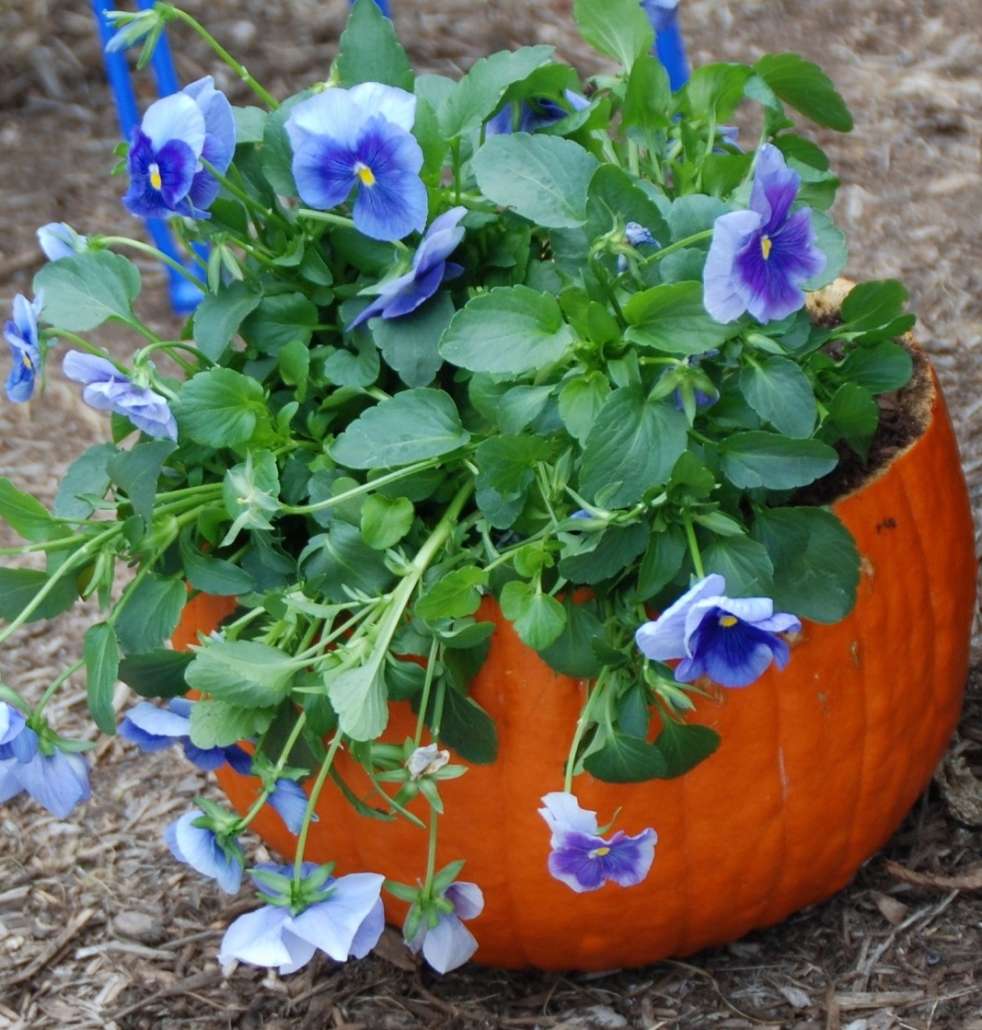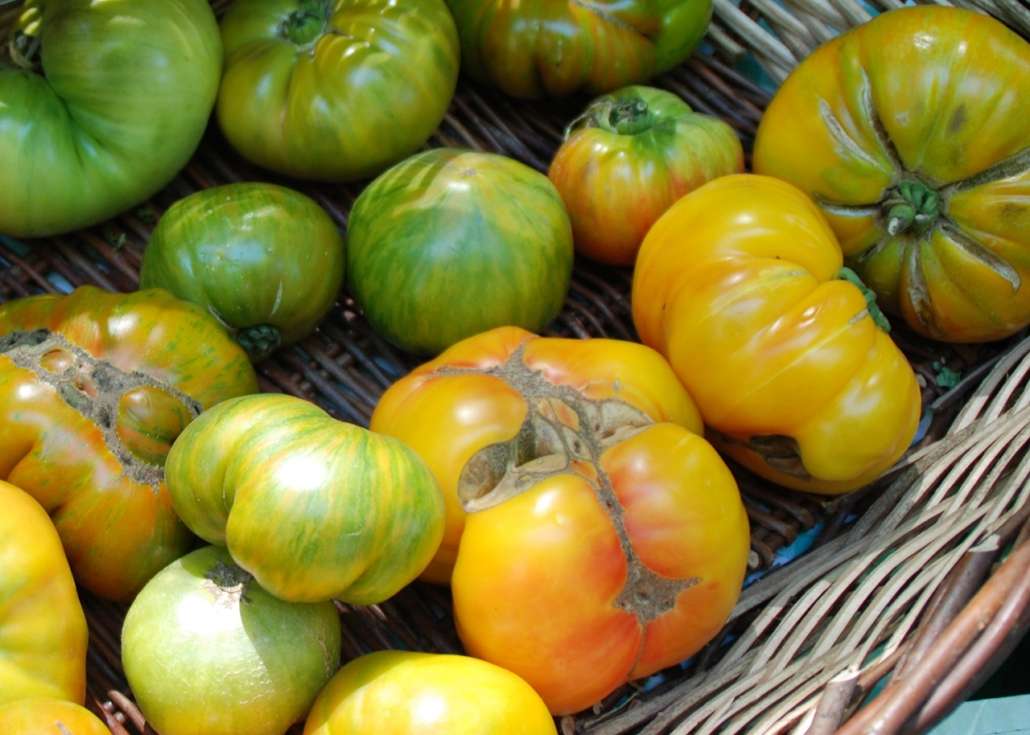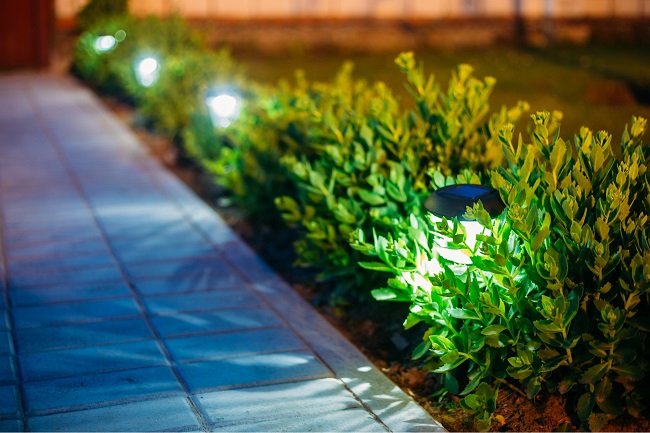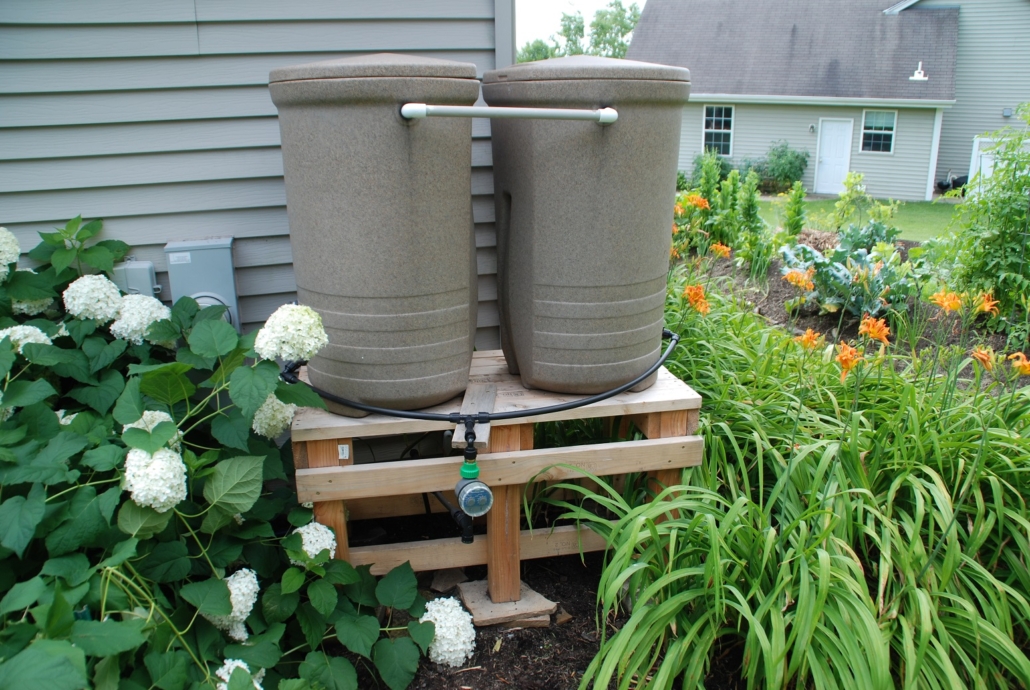SMALL SPACE GARDENING: Keep holiday greens looking their best
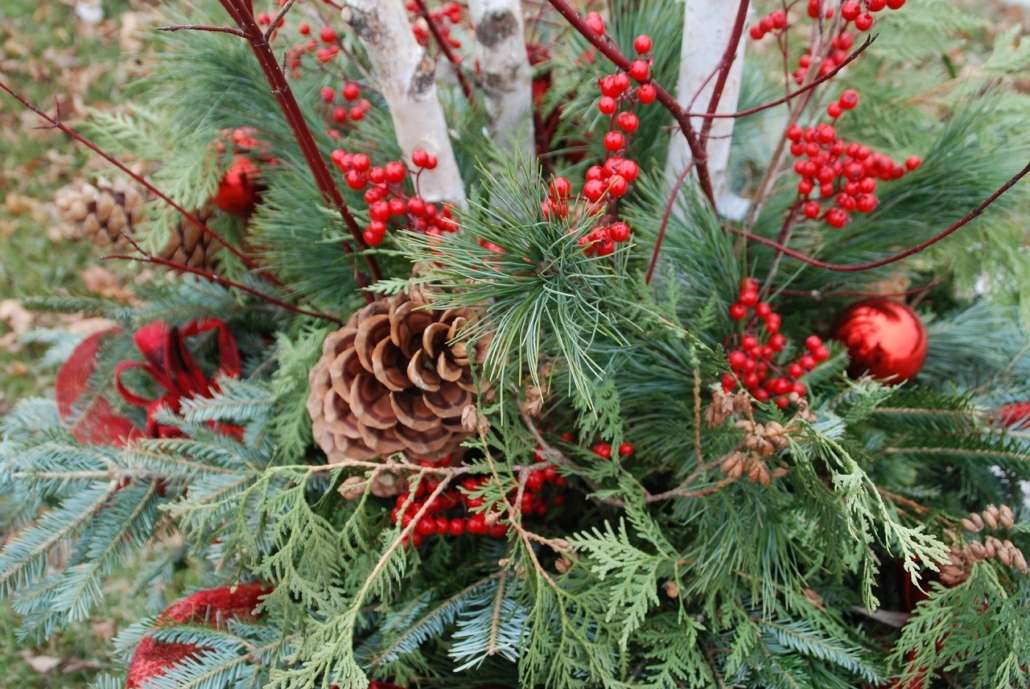
When outdoor temperatures are cooler, green arrangements, like this winter container garden, last much longer than indoor displays. (photo courtesy of MelindaMyers.com)
by Melinda Myers
Wreaths, door swags, garlands, and containers filled with evergreens have long been part of winter celebrations and displays. Keep them fresh and looking their best throughout the holidays with minimal effort.
Fresh greenery with pliable branches and firmly attached needles will last the longest. Check for good color and an aroma you prefer. Consider buying extra greenery and storing it in the garage or another cool location. Use these to replace any indoor greenery that is starting to brown.
Recut the bottom of the stems with a sharp bypass pruner. Totally submerge the greenery in a tub of room-temperature water overnight to help rehydrate the needles. Gently crush the cut end to allow it to better absorb moisture.
Remove the cuttings from the water and once dry, seal in the moisture by spraying the greens with an anti-transpirant, often called anti-desiccant. These products seal in moisture, reducing drying due to warm, dry air indoors and drying winds and sunlight outside.
Follow label directions for application tips and dilution rates based on what you are treating. Avoid using these on juniper berries, cedar and blue spruce. The waxy coating that makes these look blue can be damaged by these products. Apply anti-desiccant products outdoors during the day, as light is needed to activate some of these chemicals. Allow the treated greens to dry for three to four hours before moving them inside.
Display indoor greenery in cool locations out of direct sunlight. This reduces moisture loss and extends the life of your garland, wreaths, and arrangements.
Keep greenery away from heat sources that speed drying, decorative lights that generate heat, and flames from candles. Check the greens every few days and replace dry, brittle, and brown cuttings with fresh greens.
Outdoor greenery lasts much longer when temperatures are cooler than indoors. Further extend their longevity by placing them in more sheltered locations, out of direct sunlight and wind where they suffer less drying. Avoid hanging wreaths and swags in front of windows in direct sunlight where the reflected light can burn the foliage. Use an anti-transpirant on outdoor greenery to help reduce moisture loss and extend your enjoyment.
Keep outdoor planters of greens looking their best throughout the winter. Keep the soil moist until it freezes when displaying spruce tips, cut holiday trees, and evergreen stems in outdoor containers. If and when the ground freezes, you can stop watering.
A bit of effort goes a long way in extending the beauty of holiday greenery.
Melinda Myers has written more than 20 gardening books, including the recently released Midwest Gardener’s Handbook, 2nd Edition and Small Space Gardening. She hosts The Great Courses “How to Grow Anything” instant video and DVD series and the nationally syndicated Melinda’s Garden Moment TV & radio program. Myers is a columnist and contributing editor for Birds & Blooms magazine and her website is www.MelindaMyers.com.


